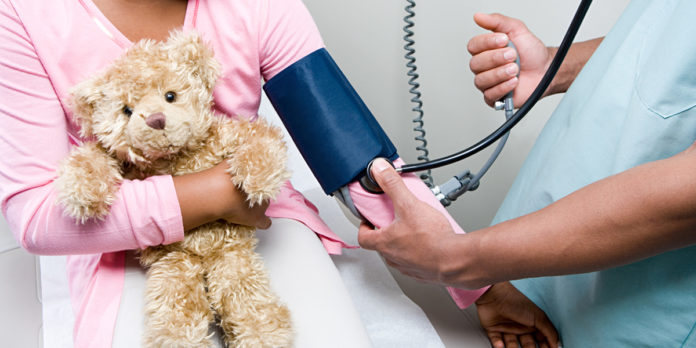Kids with food insecurity, meaning they lack good access to nutritional foods, were more likely to have high blood pressure than kids with secure access to food, according to a study presented at the American Heart Association’s Joint Hypertension 2018 Scientific Sessions.
“High blood pressure — even in childhood — matters,” said study author Andrew Michael South, M.D., assistant professor of paediatric nephrology at Wake Forest School of Medicine in Winston-Salem, North Carolina. “As a kid, if you have high blood pressure, you’re at much higher risk of having high blood pressure as an adult — as young as in your 20’s or early 30’s. And hypertension sets the stage for other bad health problems because it impacts the heart and kidneys.”
In adults, it’s well established that food insecurity is tied to socioeconomic status and has many health consequences, but in children it’s less defined, South said.
South and colleagues studied available information on food insecurity and blood pressure from 2007 to 2014 in 7,215 children, ages 8 to 17 years, in the National Health and Nutrition Examination Survey. They identified children 13 years and older with high blood pressure if they had a systolic reading of 120 mmHg or higher or diastolic blood pressure of 80 mmHg or higher. For children younger than 13, high blood pressure was defined as systolic or diastolic blood pressure at or above the 90th percentile of what is normal for a child’s age, sex and height, according to the American Academy of Pediatrics’ hypertension guideline released last year.
The researchers found:
- More than one-fifth, or 1,460 of the 7,125 children, were food insecure.
- More than 12 percent of all the children had high blood pressure.
- Among food insecure children, 14.4 percent had high blood pressure, compared to 11.6 percent of food secure children.
- When the researchers considered other factors, such as obesity, they found that food insecurity still increased the odds that a child would have high blood pressure.
“Food insecurity affects about 40 million Americans, including 6 million children and adolescents. Food insecurity can lead to poor diet quality, including increased salt intake,” South said. “We know that people who consume higher salt diets have a higher risk of developing and maintaining high blood pressure than those who eat normal amounts of salt.”
Food insecurity is an under-recognized contributor to health disparities, according to South.
“Future research looking at interventions to increase access to more nutritious foods could have important implications on population health,” he said. “In order to show a causative relationship, a longitudinal study following children over time would be next.”
(Source: American Heart Association)










